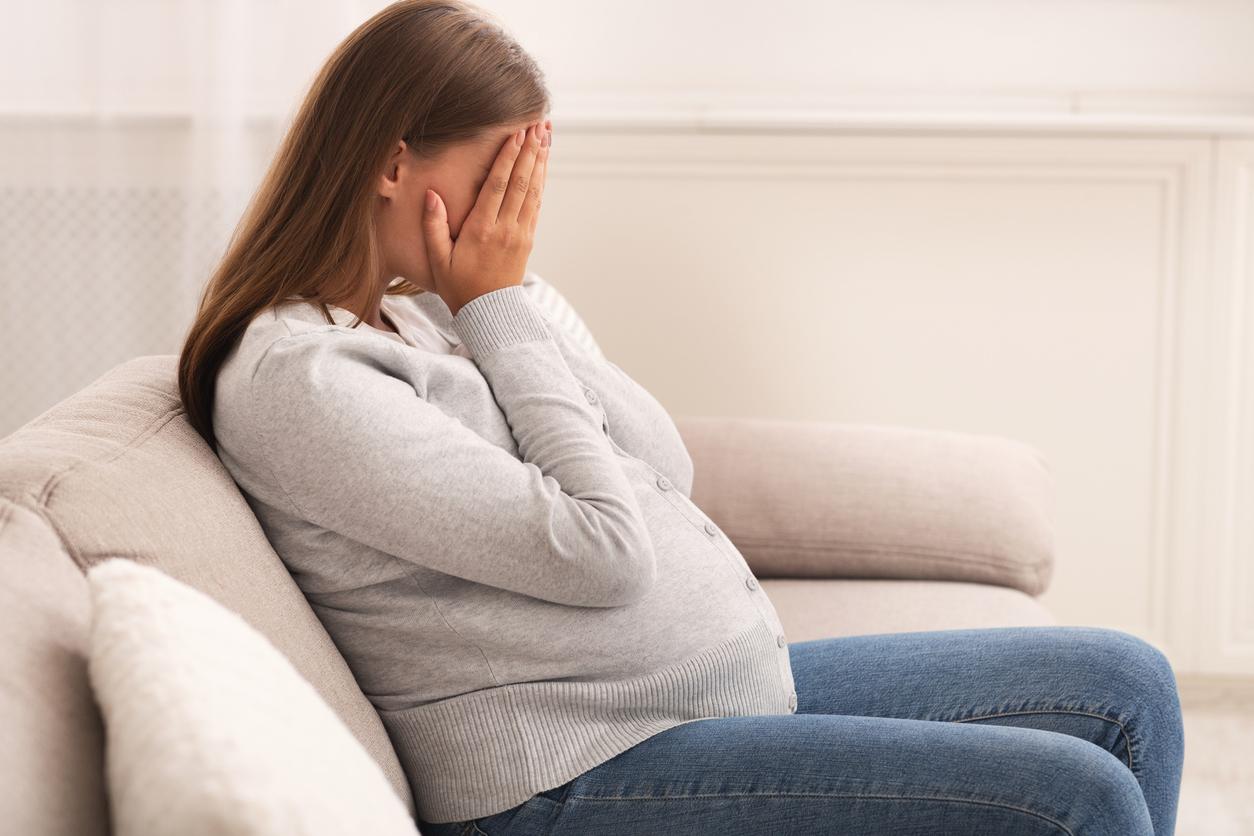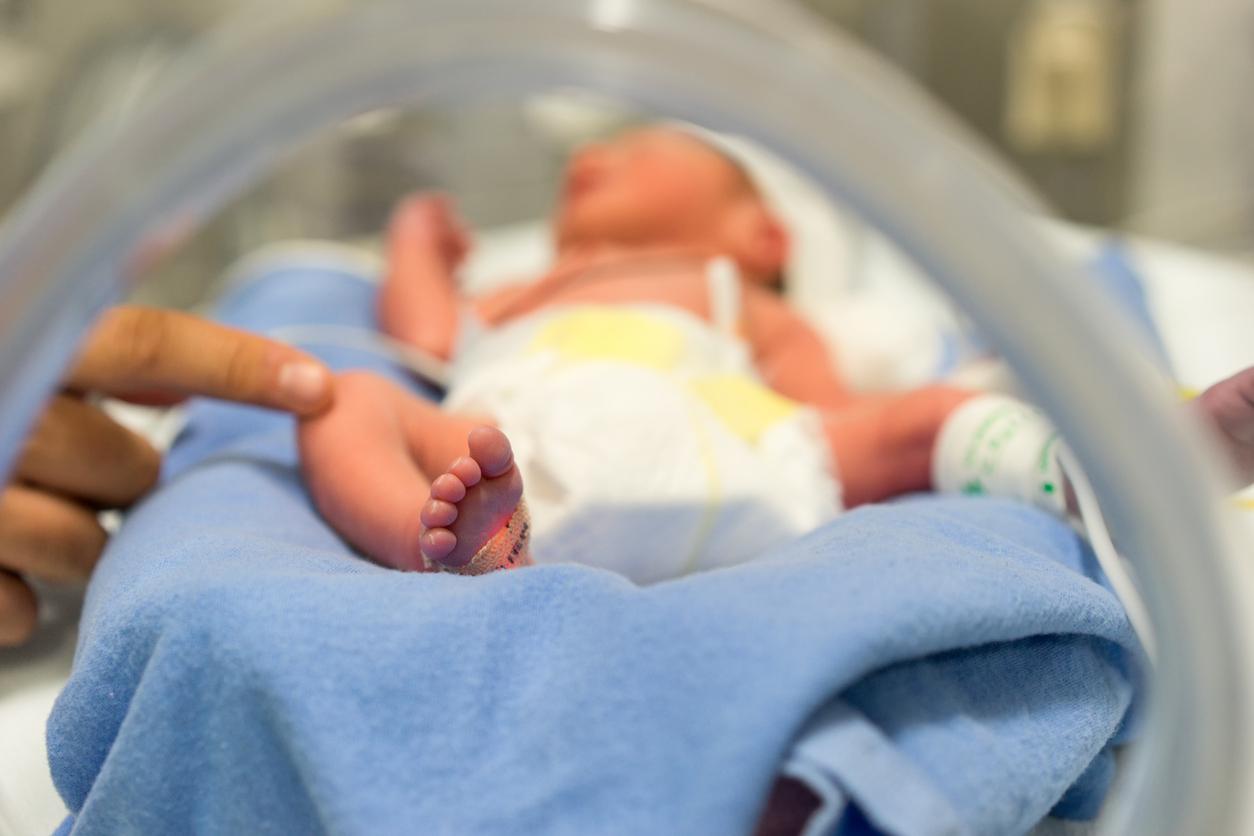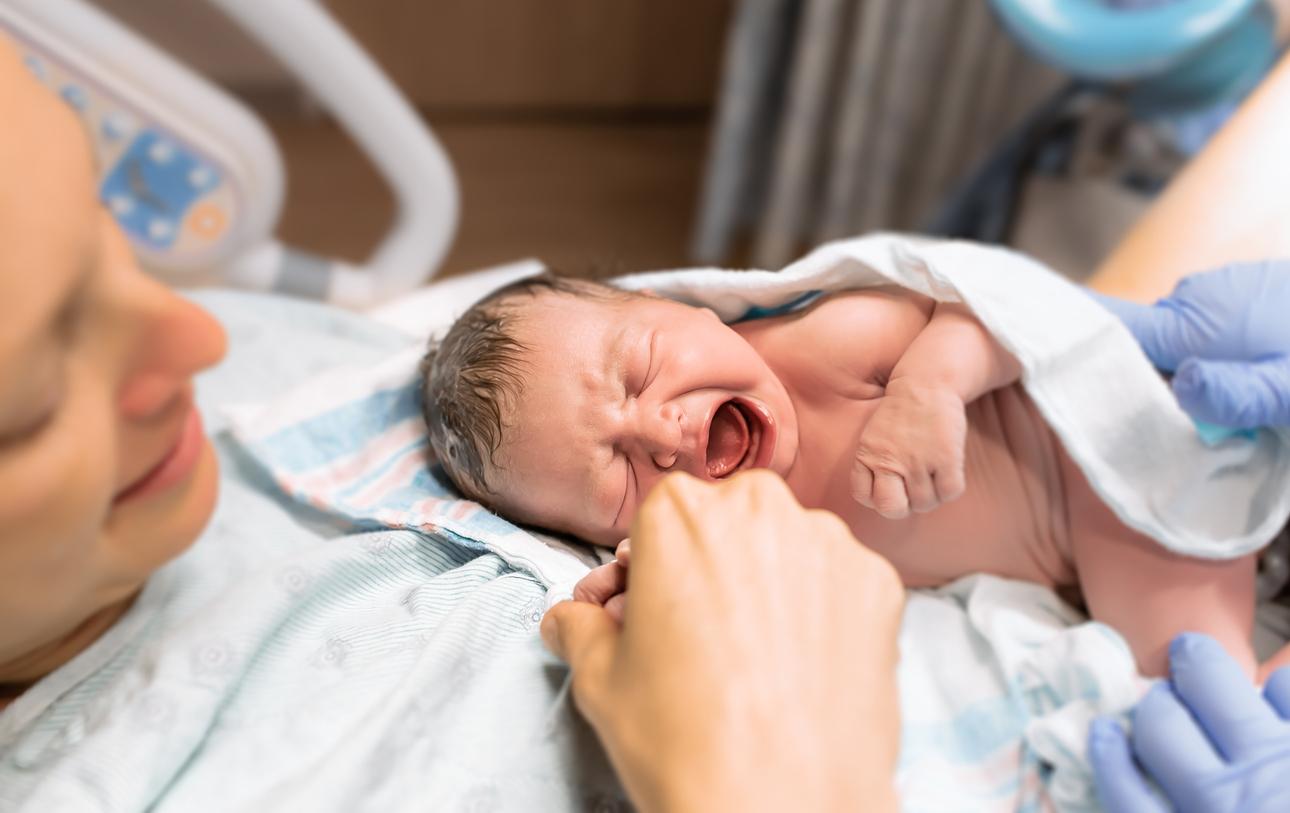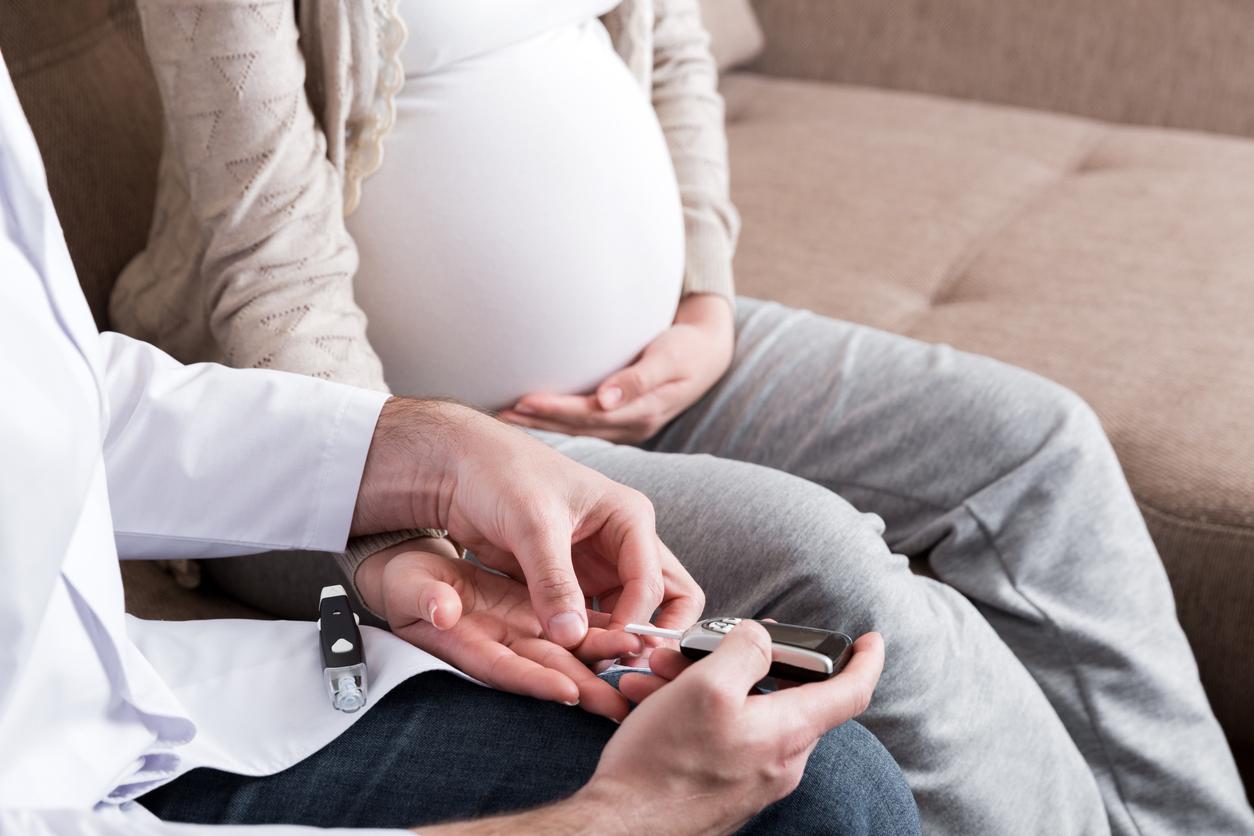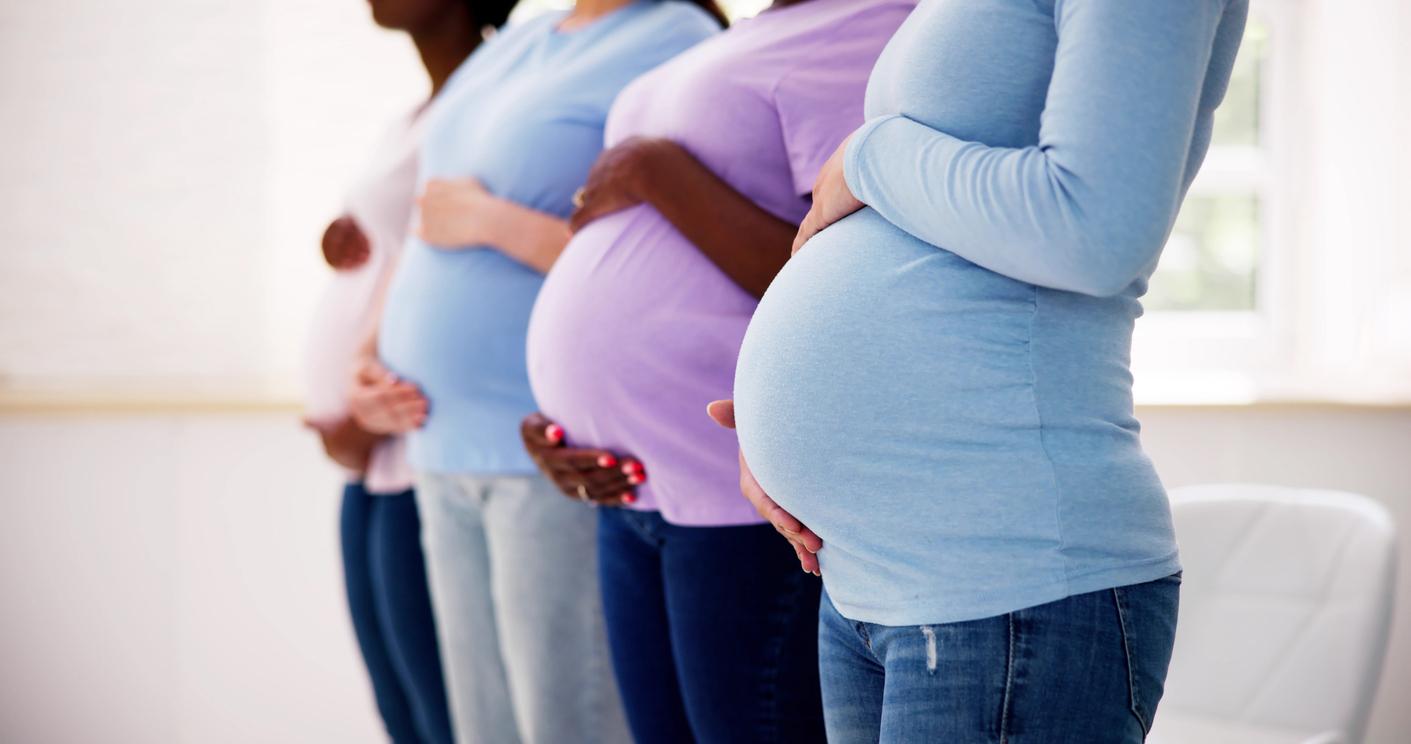No less than 20% of women are affected by high-risk pregnancies. A risk unknown to women, according to a PremUp-Opinionway survey.

More than 160,000 women have had a high-risk pregnancy each year. In fact, one in five women is affected, and not one in ten as the majority of women believe. According to an Opinion Way poll commissioned by the PremUp foundation and revealed on September 27, women do not know the extent of pathological pregnancies.
This ignorance can have serious consequences since of the 150,000 children born each year in France with disabilities, including 7,500 with severe impairments, more than half of them come from these pathological pregnancies. The consequences can be motor, intellectual, pulmonary, metabolic disabilities due to prematurity and intrauterine growth retardation, which will have a lasting impact on the child’s life. Several phenomena are at the origin of the increase in these so-called “pathological” pregnancies.
The average age of the 1time pregnancy keeps receding. He is now 28 years old while in 1967 he was 24 years old. “We think that beyond 40, but especially beyond 43, 44, 45, there are more vascular complications, high blood pressure, more diabetes and premature deliveries; there are also more complications of childbirth itself, of caesarean sections ”, confided Pr François Olivennes, obstetrician-gynecologist to why actor. But it is above all arterial hypertension which entails risks: for the child, with low birth weight and retro-placental hematoma which can cause the death of the baby; for the mother also with strokes and embolisms. It is very important that a woman who wants to have a child beyond 43, 44 years old has a cardiological check-up before any pregnancy.
The economic situation is deteriorating. However, it has been shown that women in precariousness benefit from less good monitoring of their pregnancy. In 2010, 8% of women declared their pregnancy after three months. They are often in a situation of socio-economic difficulty. Main consequence: medical visits are limited to the maximum. They lack information on their pregnancy, while the visits are mostly reimbursed by social security.
Multiple pregnancies are on the rise. The increasing use of assisted reproduction and in particular IVF has resulted in an increase in the number of twins and triplets. However, twin pregnancies have a prematurity rate 5 to 10 times higher than single pregnancies. A risk that women ignore, according to the PremUp survey.
To curb the upward trend in pathological pregnancies, it appears difficult to act effectively on these three factors: the age of the mothers, the economic situation and recourse to ART. The PremUp Foundation therefore considers that “there is an urgent need to sensitize women through large-scale information campaigns,” by emphasizing in particular the importance of regular medical monitoring.
.








